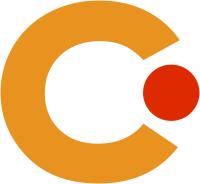Inproceedings,
Mapping pre-service teachers' TPACK development using a social virtual reality and a video-conferencing system
Proceedings of Innovate Learning Summit 2021, page 145-159. Association for the Advancement of Computing in Education (AACE), (2021)
Abstract
Social VR's characteristics, by offering authentic learning environments that enable interaction remotely and synchronously and permit learning experiences that affect learners in a multi-sensory way, offer great potential for teaching and learning processes. However, concerning its use to promote pre-service teachers' TPACK in initial teacher education, there remains a research desideratum. In this context, this exploratory study addressed the following research question: How did pre-service teachers' TPACK develop using a social VR learning environment prototype in comparison to a video conferencing platform throughout a semester? Following a design-based research approach, an action-oriented pedagogical concept for teaching and learning in social VR was designed and implemented for initial teacher education at a German university with a convenience sample of 14 participants. The lesson plans were collected and analyzed with the help of Epistemic Network Analysis (Shaffer, 2017) at three points of time during the semester and the GATI reflection process (Krauskopf et al., 2018). Further, 14 GATI diagrams gave insights into pre-service teachers' self-estimated TPACK. As the results indicate, pre-service students constructed more complex mental models of TPACK in social VR compared to the video conferencing platform, indicating that more interrelations between knowledge domains could be constructed by planning and designing VR-integrated lesson plans.


